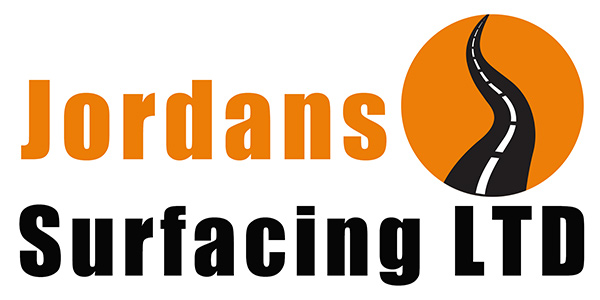Safety is key when navigating motorways throughout the United Kingdom. Not only must drivers remain proactively aware of any potential hazards, but they also need to obey the laws of traffic in order to avoid serious accidents.
This is why understanding some basic road markings represents an extremely portion of any test when obtaining a licence. While there are dozens of different symbols to appreciate, a handful are quite common. Let’s take a look at some decidedly ubiquitous symbols as well as what each means.
Double Solid Centre Lines
Drivers will often notice road surfacing denoted with a series of two white lines within the centre. These signify that it is not legal to cross into the opposite lane of traffic (unless to enter a property such as a home or a market).
Double Yellow Lines
These are sometimes found on either side of a carriageway. Their presence signifies that it is not legal to stop your vehicle or park at any time except during an emergency.
Keep Clear
This warning may be employed for a number of reasons. It could indicate a railroad crossing or a swing bridge. In these and other cases, a vehicle must not stop or park here.
Bus Lane
Drivers are not allowed to enter a bus lane during normal hours of operation. The same holds true in regards to stopping or unloading unless signs indicate otherwise.
An Upside-Down Triangle
This is a symbol which requires drivers to give way. These road markings are sometimes found before an intersection or a roundabout.
We can see that there are a number of road markings to be aware of. The professionals at Jordans Surfacing will take such matters into consideration during any project in order to ensure the safety of all motorists.

